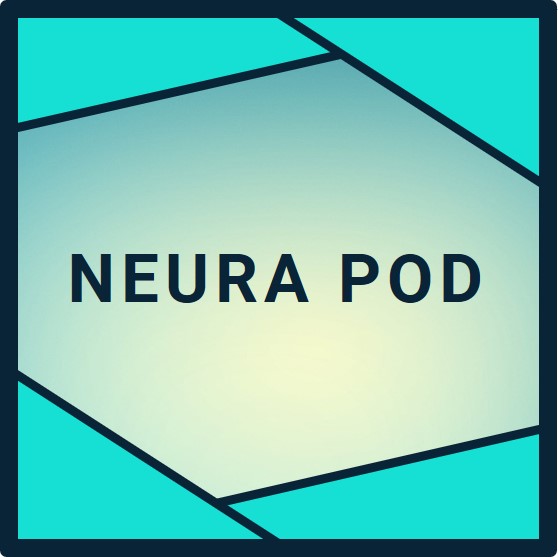- Synchron's Stentrode provides a minimally invasive endovascular alternative to Neuralink by inserting electrodes through a neck vein into a brain blood vessel.
- Precision Neuroscience deploys a thin-film electrode array on the brain surface via a small craniotomy for high-resolution recording without deep penetration.
- Blackrock Neurotech's Utah Array penetrates the cortex with rigid microwires, offering proven reliability in dozens of long-term human implants.
Neuralink Implantation Method: Robotic Precision Baseline
Neuralink sets the standard for high-bandwidth brain-computer interfaces with its N1 implant. The R1 surgical robot inserts 64 flexible polyimide threads, each carrying 16 electrodes, 1 millimeter into the cerebral cortex. This positions 1,024 electrodes near motor neurons while avoiding blood vessels through real-time imaging. The coin-sized implant sits under the scalp, wirelessly transmitting data at speeds matching able-bodied typing. As of October 2025, four patients control devices and robotic arms fluidly, with upgrades planned for enhanced performance. Elon Musk stresses the robot's necessity, noting human surgeons cannot match its micron-level accuracy for safe, scalable insertion.
This penetrating thread approach delivers superior channel count and flexibility compared to rivals. Threads conform to brain motion, reducing retraction risks addressed via software in early trials. Neuralink's method supports bidirectional communication for future sensory feedback like Blindsight vision restoration.
Endovascular Deployment: Synchron's Stentrode Pioneers Vessel Access
Synchron offers the least invasive implantation alternative with its Stentrode device. Electrodes deploy inside the superior sagittal sinus, a large brain vein, via catheter from the jugular vein. This avoids craniotomy entirely, using standard endovascular techniques familiar to neurointerventionalists.
In October 2025, Time named Stentrode one of the year's best inventions after the COMMAND trial met safety endpoints in six patients. Participants texted and controlled iPads mentally, with no device-related serious adverse events over a year. Synchron integrates OpenAI chatbots for seamless interaction. The implant records from 16 channels, lower than Neuralink but sufficient for communication.
Elon Musk's focus on scalability positions Neuralink ahead for high-data applications, yet Synchron's method expands access for patients wary of open surgery. Ongoing trials aim for 50 participants, signaling broad adoption potential.
Surface Electrode Arrays: Precision Neuroscience's Layer 7
Precision Neuroscience places its Layer 7 array epi-cortically, unfolding a 1-micron-thick film with 1,024 electrodes across the brain surface through a 4-centimeter craniotomy. This minimally invasive penetrating avoids deep insertion, minimizing tissue damage while capturing surface signals.
October 2025 marked the first human study, following FDA clearance of core components in April. The array promises higher resolution than traditional surfaces, with wireless transmission. Precision raised $102 million to accelerate trials targeting paralysis and neurological disorders.
Compared to Neuralink's threads, Layer 7 offers easier removal and lower inflammation risk. However, Neuralink's deeper placement accesses more neurons for precise control, aligning with Elon Musk's symbiosis vision. Precision's approach complements Neuralink by prioritizing mapping over augmentation.
Penetrating Microwire Systems: Blackrock and Paradromics
Blackrock Neurotech's Utah Array remains a benchmark with 96 to 128 rigid silicon microwires driven 1.5 millimeters into cortex. Implanted in over 30 humans since 2004, it enables long-term recording for research and therapy. Patients like those in NPR reports control computers reliably.
Paradromics' Connexus, a Neuralink rival, features 1,000+ channels in a similar penetrating design. Its June 2025 first human recording during epilepsy surgery confirmed signal quality. Paradromics emphasizes durability for speech restoration in ALS patients.
These methods share Neuralink's invasiveness but lag in electrode density and flexibility. Blackrock's rigidity risks gliosis over time, while Paradromics trails in trials. Neuralink's threads and robot insertion provide the edge in bandwidth and safety.
Hybrid and Future Directions: Toward Broader Accessibility
Emerging methods blend approaches for reduced risk. Non-penetrating epidural arrays and nanoparticle coatings appear in preclinical work, but lack human data. Stanford's wireless speech BCIs and UC Davis real-time voice synthesis hint at fully implantable hybrids by 2026.
Neuralink leads with plans for 10,000 channels per implant, enabling superhuman abilities. Elon Musk's October 31, 2025, update on patient upgrades underscores iterative superiority. Alternatives accelerate the field, validating invasive BCIs while Neuralink pushes bandwidth limits for AI symbiosis.
TL;DR
Neuralink's robotic thread implantation defines high-bandwidth excellence, but alternatives like Synchron's vein-deployed Stentrode, Precision's surface Layer 7, Blackrock's Utah Array, and Paradromics' Connexus offer varied invasiveness levels. As of October 2025, human trials confirm viability across methods, with Synchron earning Time's best invention nod and Precision launching studies. Elon Musk's precision robotics positions Neuralink for cognitive leaps, while competitors broaden medical reach. This convergence promises faster restoration for paralysis patients and sets the stage for universal enhancement.

